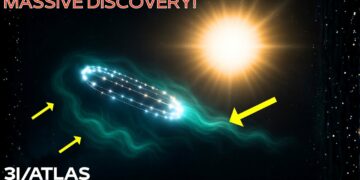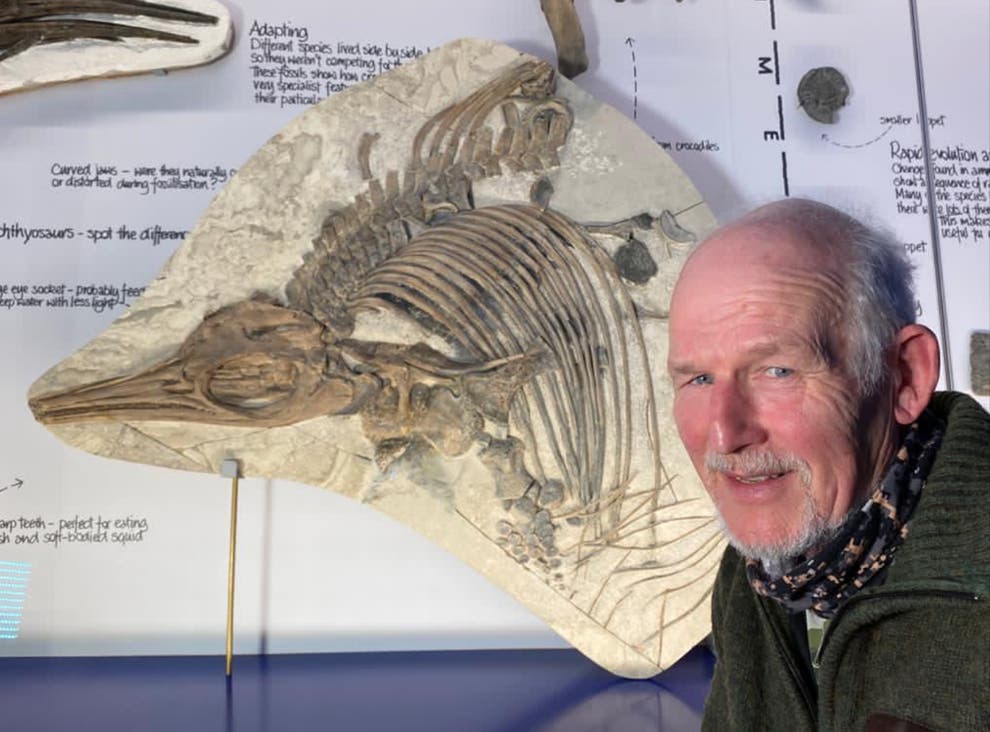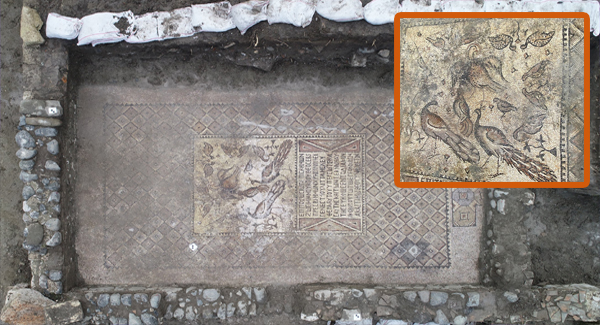For millennia, Greenland’s vast ice sheet has concealed a hidden world of ancient landscapes, lost ecosystems, and clues to a dramatically different past. As the ice melts at an unprecedented rate, scientists are uncovering secrets that reshape our understanding of this frozen land—and raise urgent questions about what else lies beneath. From prehistoric rivers to untapped resources, Greenland’s revelations could redefine its role in our planet’s future. Let’s explore the mysteries emerging from the ice and why Greenland is becoming a geopolitical and environmental hotspot.
Greenland: A Colossal, Mysterious Island
Greenland, the world’s largest island, is over three times the size of France and part of the Kingdom of Denmark, making Denmark a transcontinental nation. As the 12th largest landmass, it dwarfs much of Europe, stretching from Portugal to Poland if overlaid. Despite its size, Greenland’s population is just 56,000, with nearly a third living in the capital, Nuuk. Its sparse population stems from its largely uninhabitable terrain, with two-thirds of the island lying within the Arctic Circle, where weaker solar radiation creates a frigid climate.
The Gulf Stream tempers Greenland’s weather, giving Nuuk an average winter temperature of -9°C, far milder than Iqaluit, Canada, at a similar latitude, which averages -27°C. Would you prefer the serene chill of Greenland or the bustling heat of a city like Dubai? Share your thoughts—Team Arctic or Team Desert?
The Ice Sheet: Greenland’s Defining Feature
Greenland’s most striking feature is its ice sheet, covering 80% of the island—roughly the size of Alaska. The second-largest ice body after Antarctica, it averages 1.2 km thick, reaching 3 km in places, and contains 2.85 million cubic kilometers of ice, weighing 2.85 quadrillion metric tons. This immense weight has depressed Greenland’s interior bedrock below sea level, forming a bowl-like shape contained by surrounding mountains. The ice-free coasts have supported human activity for millennia.
Ice core data reveal that Greenland has been ice-covered for at least 18 million years, with some ice dating back 1 million years. In 1966, sediment in ice cores showed that Greenland was nearly ice-free and vegetated at least once in the past million years, a discovery that stunned scientists. Today, only the Qinngua Valley in the far south sustains a small forest, sheltered by mountains. Beyond this 15 km stretch, Greenland remains a land of ice, rock, and sparse life.
Ancient Landscapes Unearthed
As Greenland’s ice recedes, long-buried landscapes are emerging. In 1966, at Camp Century, a U.S. military research site, scientists drilling into the ice found plant material, suggesting Greenland was once ice-free with forests and rivers. In 2013, NASA’s ice-penetrating radar revealed a 750 km-long canyon—longer than Arizona’s Grand Canyon—stretching up to 10 km wide and 800 m deep. Likely carved by an ancient river system, this “Greenland Grand Canyon” could become a prominent feature if the ice melts significantly, though parts may submerge due to the bedrock’s position below sea level.
Some scientists speculate that Greenland’s once-warm climate could have supported early humans, as archaeological evidence confirms human presence in Siberia and the Arctic Circle 40,000 years ago. While no direct evidence exists in Greenland, ongoing research may uncover clues as more land is exposed.
A Melting Ice Sheet: Global Consequences
Greenland’s ice is melting rapidly, losing 200 billion metric tons annually—217 cubic kilometers per year in 2006, double the rate of 2001. Arctic temperatures are rising twice as fast as the global average, with Greenland’s ice sheet projected to contribute 30 cm to global sea level rise by 2100. If the entire 2.85 million cubic kilometers of ice were to melt, sea levels could rise by 7 meters, flooding coastal cities like Miami, New Orleans, Venice, Shanghai, and Ho Chi Minh City. Low-lying regions in the Bahamas, Netherlands, Bangladesh, and Egypt’s Nile Delta would also face severe impacts.
An influx of freshwater could disrupt the Gulf Stream, potentially cooling parts of Europe despite global warming. As the ice vanishes, Greenland’s history is emerging, but so are geological and historical features long hidden beneath the frozen surface.
Historical Artifacts Preserved in Ice
Greenland’s ice has preserved remarkable artifacts. In 1942, a U.S. Lockheed P-38 Lightning made an emergency landing on the island. Buried under 260 feet of ice, it was rediscovered in 1992, restored, and flown again after nearly 50 years. In 1968, a U.S. bomber crashed on Greenland after a midair fire. A joint U.S.-Denmark cleanup recovered most components, though some small parts may remain buried, with ongoing monitoring to assess environmental impacts. What would you hope to find under Greenland’s ice—a lost civilization, an ancient ecosystem, or something else? Share your theories!
Resources Beneath the Ice: A Global Game-Changer
As Greenland’s ice retreats, the land is undergoing isostatic rebound, rising as the ice’s weight diminishes. Beneath this ice lie vast resources that could reshape the global economy. The U.S. Geological Survey estimates Greenland holds up to 141 billion barrels of hydrocarbons—oil and natural gas—potentially a significant portion of the world’s undiscovered reserves. Additionally, Greenland may possess one of the largest deposits of rare earth elements (REEs), second only to China, which currently dominates 85% of global REE production.
The Kvanefjeld deposit near Narsaq, a town of 1,700, is estimated to hold 11 million tons of rare earth oxides and significant uranium reserves. REEs are critical for smartphones, electric vehicles, medical imaging, and aerospace technologies. Greenland’s resources have drawn interest from global powers, but extraction faces economic, environmental, and geopolitical hurdles. As a Danish territory, Greenland’s resource decisions are influenced by Denmark, a NATO and EU member.
The Resource Dilemma: Opportunity vs. Environment
Resource extraction could bolster Greenland’s economy, reducing reliance on Denmark’s annual subsidy and supporting financial independence under its 1979 home rule. However, local communities, particularly Inuit populations, worry about pollution, contamination, and disruptions to traditional lifestyles. Foreign mining and energy companies eyeing Kvanefjeld and other sites face scrutiny, with debates over environmental impacts and economic benefits.
Greenland’s strategic location in the Arctic amplifies its importance. As summer sea ice vanishes, the Northern Sea Route through Russia could open by the next decade, shortening shipping distances between East Asia, Europe, and North America. This could boost access to Greenland’s resources and position the island as a key player in global trade.
A Geopolitical Hotspot
Greenland’s resources and location make it a focal point for global powers. In 2019, the U.S. proposed purchasing Greenland, a move Denmark rejected. The U.S. operates Thule Air Base, a missile defense site, and has expressed concerns over foreign investments, particularly in infrastructure like airports and naval bases. Russia stands to gain from transit fees along the Northern Sea Route, while other nations eye Greenland’s REEs and hydrocarbons.
Greenland sits at the nexus of climate change, resource demand, and geopolitical shifts. Its melting ice is exposing not just ancient landscapes but also a future where this once-overlooked island could shape global economics, politics, and environmental outcomes.
Greenland’s Role in Our Planet’s Future
Greenland’s story is one of revelation and reckoning. Its ice has preserved history, from ancient ecosystems to wartime relics, while concealing resources that could power the modern world. As the ice melts, Greenland is emerging as a critical player in climate change, resource supply chains, and geopolitical strategies. Whether it embraces economic opportunities or prioritizes its fragile environment, Greenland’s choices will ripple across the globe.
The secrets beneath Greenland’s ice remind us that the past holds clues to our future. From lost landscapes to untapped wealth, this icy island is no longer a frozen footnote but a dynamic force in a warming, interconnected world. What’s your take on Greenland’s future? Share your thoughts, and let’s explore what lies ahead together.























